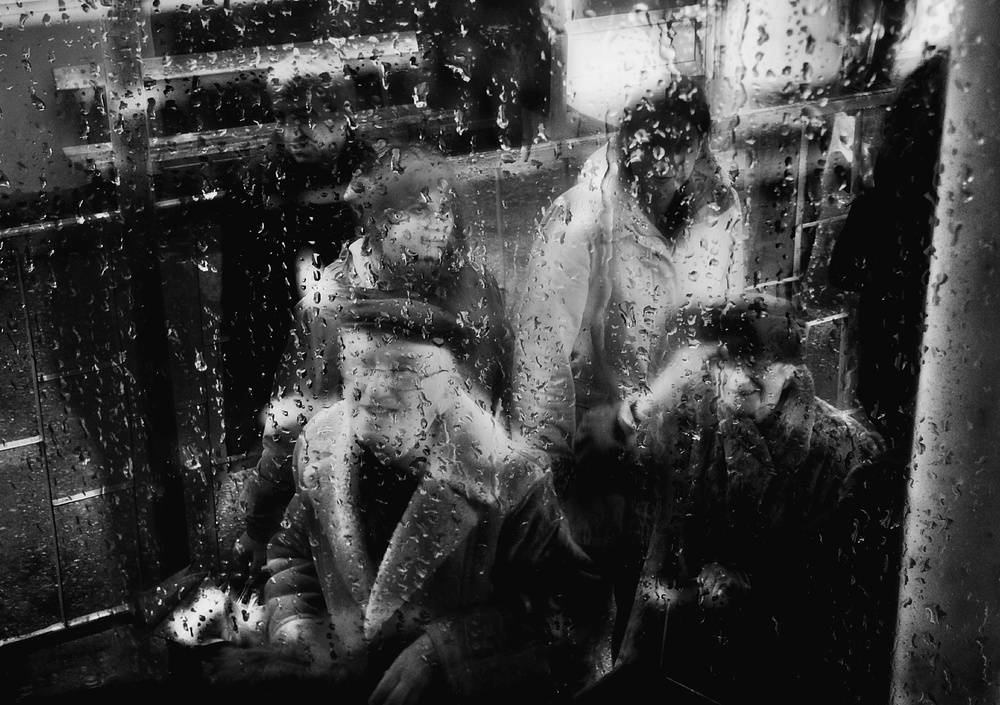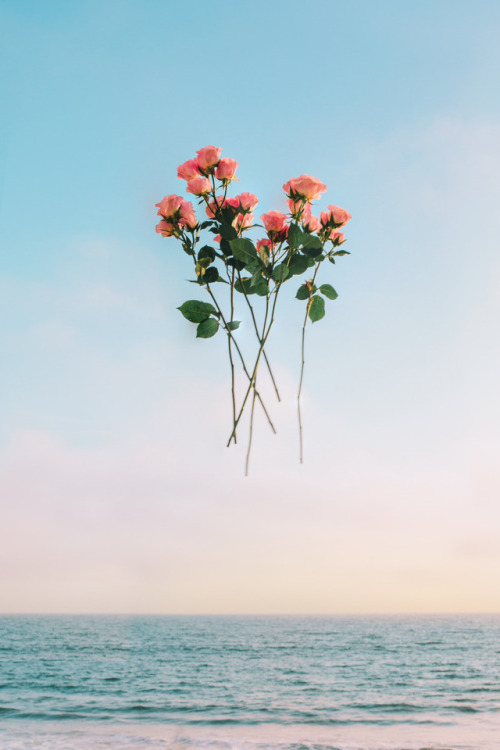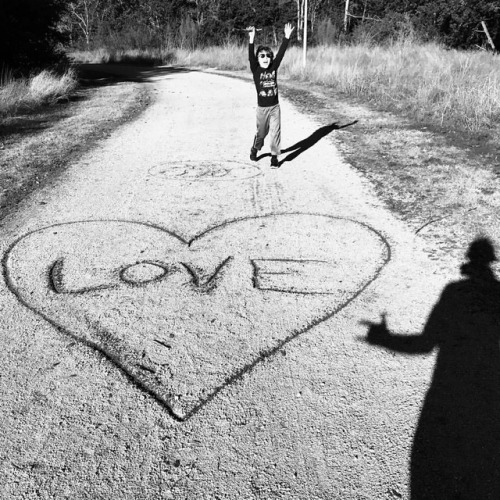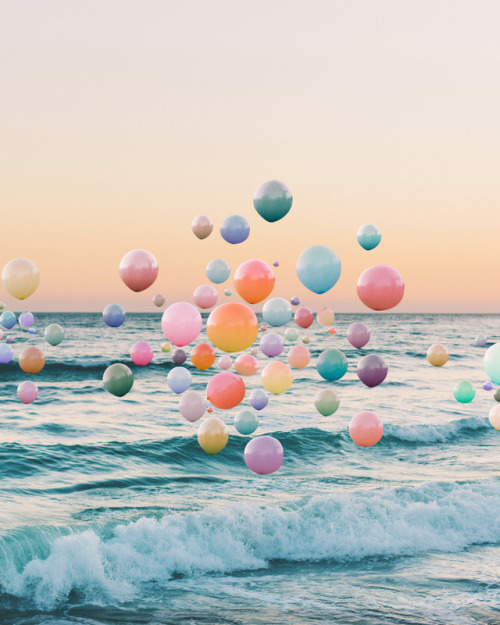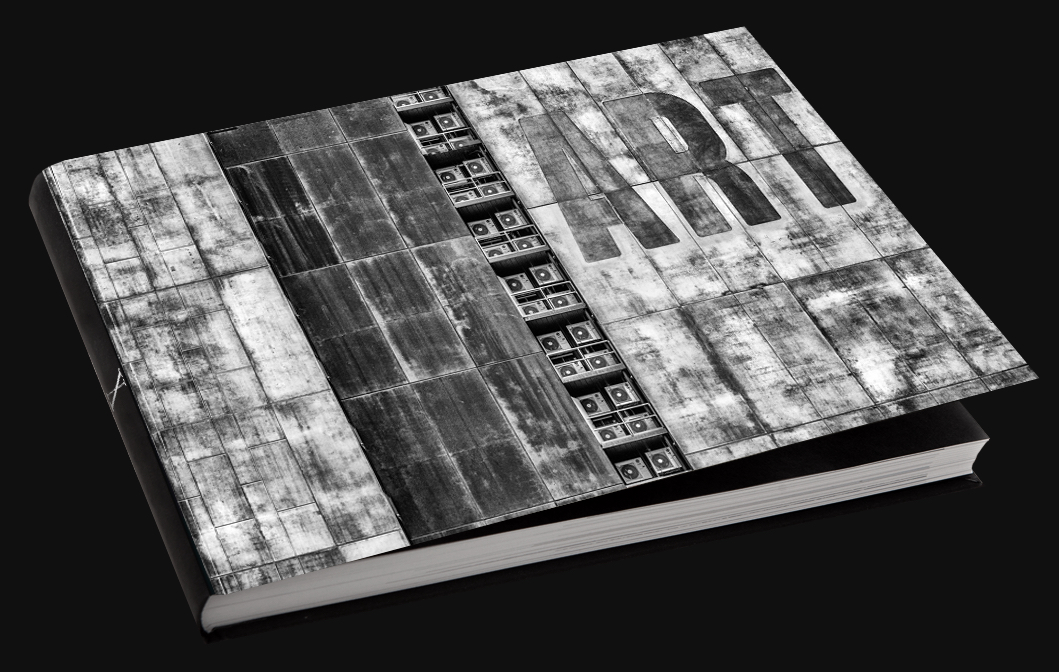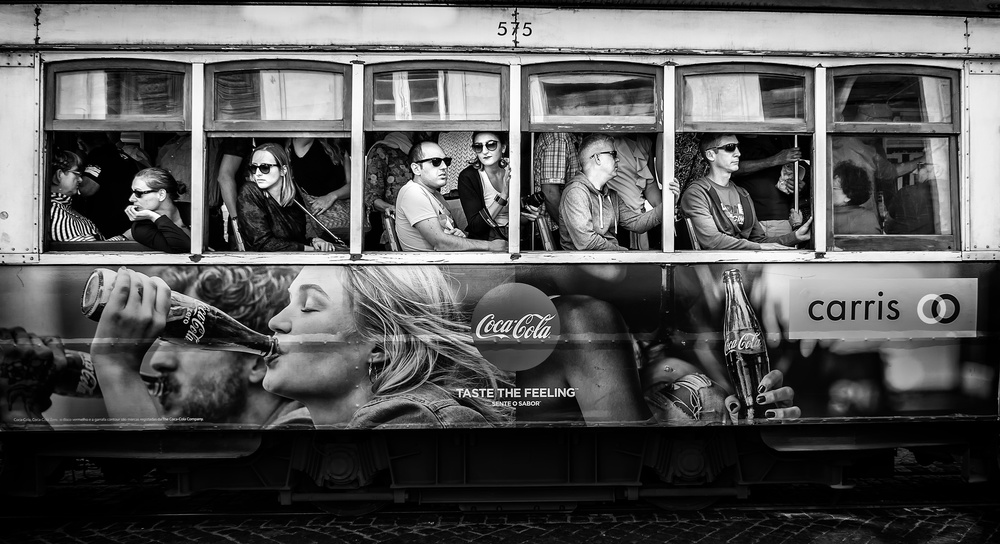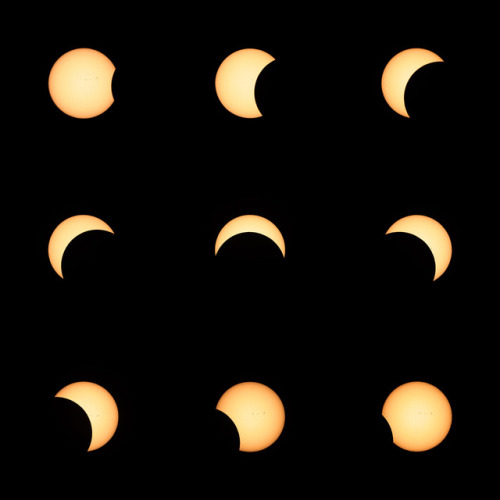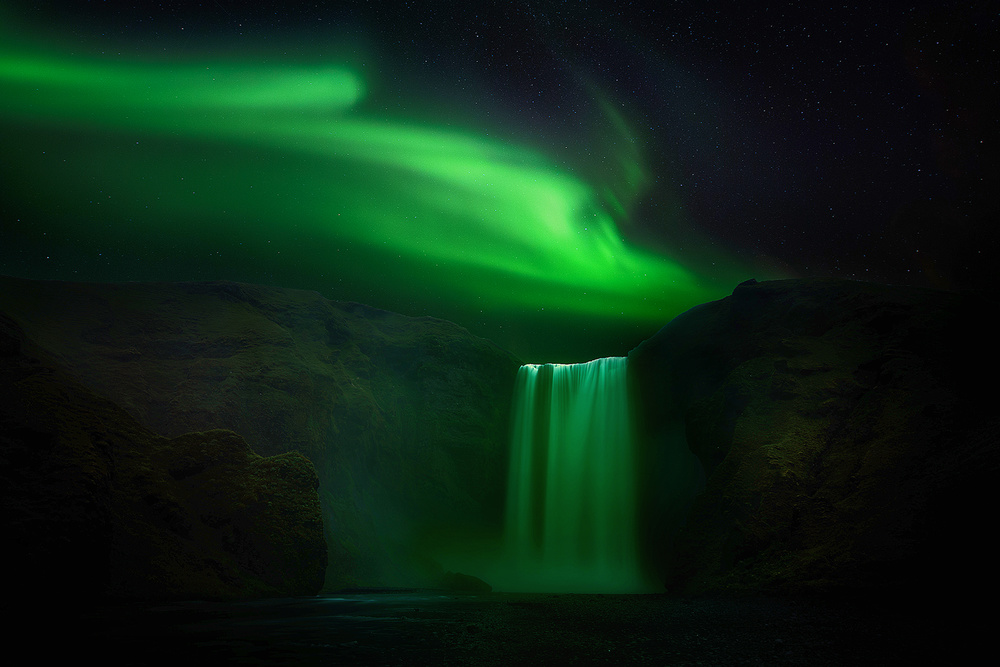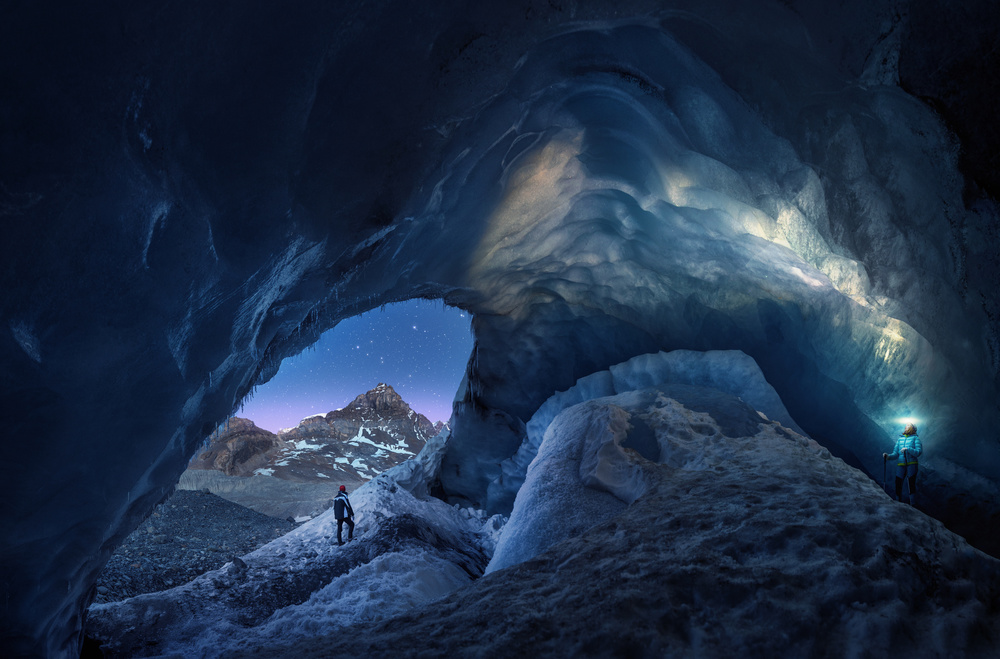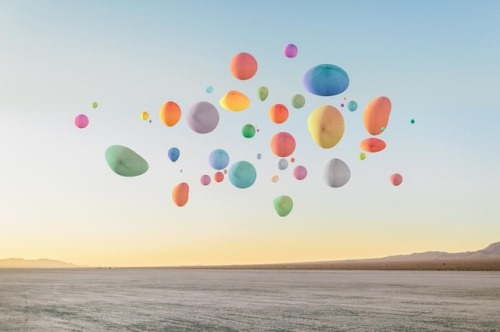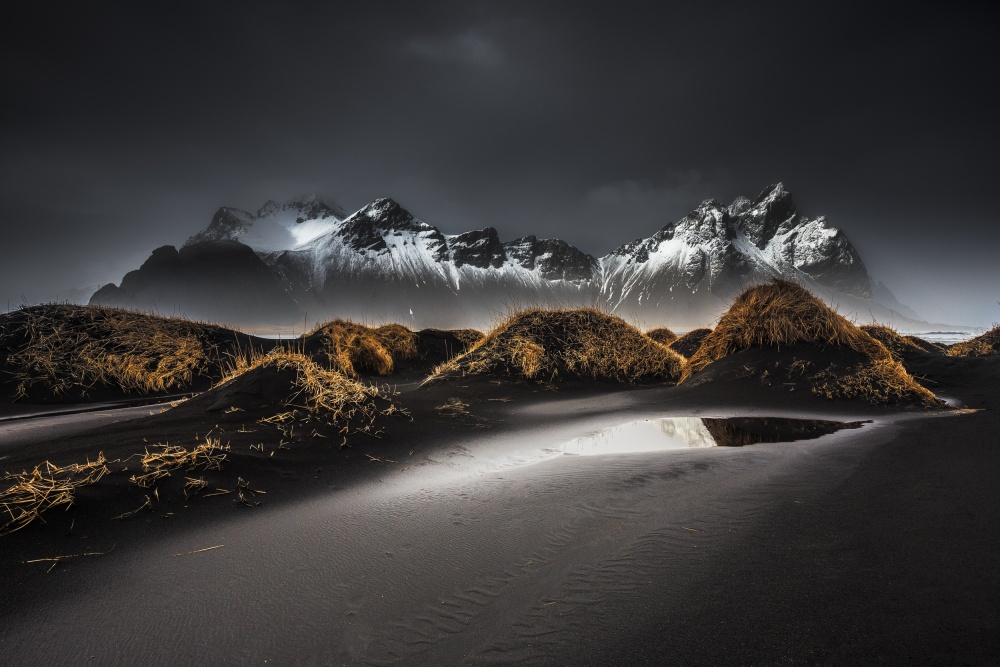Photographers
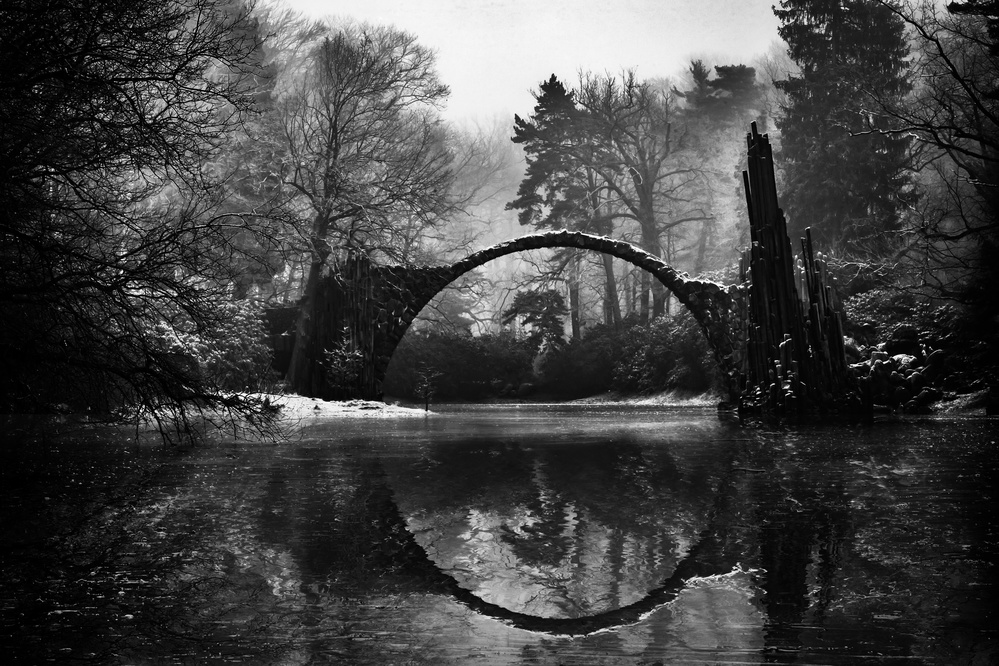
Devil's Bridge: how to get what you're after
1x Blog-Photographers
Let me clarify a few things before I start, to explain what this tutorial is about and for whom it could be interesting. I used a technique called displacement mapping to simulate water ripples. You need Photoshop, not Lightroom, have basic knowledge about masking and layers and ideally, have a motive in mind where you want to try this yourself.
All good? Then go on…
I noticed this place on 500px a couple of years ago, the real name is Rakotz Bridge. It’s very obvious why photographers love it and I wanted to have it, too. It’s not exactly close to my home, Munich, it’s a 400km drive. Starting from Munich, it’s not really possible to be there at sunrise without starting in the middle of the night. My girlfriend, photographer herself (many things I do wouldn’t work if she was not), had some business in Goerlitz, a neat town close to it, literally on the Polish Border. It was December, and most of the really good pictures of this bridge were done in autumn, golden leafs, the dreamy version. But honestly, does the surname “Devil’s Bridge” remind you of something neat, harmonic, like most pictures are? I loved the idea of doing it in winter, morning dusk, dark and mystical. So we decided to get that bridge finally.
In Munich we often have Italian weather, even in winter times there occasionally are several days of mild temperatures because whether swaps over the alps. I didn’t even think about it, but when we came close to the area the night before, I noticed small lakes were frozen, minus 6 degrees and not like in Munich, around zero. A catastrophe… no water, no reflections… I had the hope the actual lake beneath it would have some flowing water, keeping away the ice. Well, if I were right, I wouldn’t write this tutorial now.
I liked the mood I found at roundabout 7:30am, but without the circle, the picture is not half as good. So I did a slight reflection on the ice, as if there were puddles in my first version. I put it up to curation and it was rejected. I loved the picture, and that’s a common problem. Others have a different view on our pictures. They may notice things we do not see, they may have other preferences, colours vs. composition for example. We tend to focus on the things we liked when taking the photograph and disregard minor flaws or elements. Our pictures are very often attached to emotions we had, or memories, viewers don’t have these in mind. That’s why I love to write critiques as senior critic here on 1x. My fellows observed my doings as a regular member writing and I was invited to become a member of the team. All different, passionate people, with different preferences and skills, which is the idea behind it. Senior critics and a few active members “loan their eyes” to members posting their work for critique. They may receive multiple views on one work, especially if it’s good work. Members may pick up on some ideas, see more in their own pictures, or receive suggestions for a problem they asked about. Some contributors for example just question if their pictures “work”, and the critiques do not necessarily point out ways to improve. So “Critique” is also a place to discuss pictures, their sense, their impact, diverse meanings. Sorry for the advertising of this forum, I simply love it…
So I posted my work in the critique forum and a few of my colleagues came up with suggestions. They all led away from the picture I had, naturally. But I always try what people suggest and I kind of liked the result. A very bold, but somehow interesting take on the shape. It was published, but I did not love it as I did the other, conveying the mood I experienced that December.
I left it aside for about half a year. Till I had a look at techniques to simulate water reflections to get what I wanted. It’s a very playful method that can be used for many things, I played a lot to get a better understanding for the filter. And funny things happened, I put some examples at the end.
Basically, this is the shot I got, after converting the raw just:

It had all I needed for later. I’m a passionate Photoshopper, and I had in mind how to treat it, something most of you will have. See your material and have the picture in mind. I toned the bridge different from the rest, used “remove dusk” the “wrong” way, converted by Silver Efex with strong structure, sharpened. But my real desire was a natural reflection. Motion blurred mirroring, even when using motion path blurs fading, are never as exciting as the smooth ripples in water can do.
A displacement mapping is a distortion of every single pixel by a mapping of brightness. The Photoshop filter combines the picture with a second one determining how far it becomes shifted, horizontally, vertically, or both. You can determine how much and which dimension in the dialog popping up before rendering:
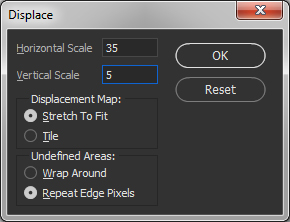
For example black means shift maximum to the right, white a maximum amount to the left, 50% grey means don’t shift. So a pattern of gradients, like blurred lines, create the wavy structure water surfaces have when you photograph them from deep down. If contrasts are sharp, the new structure becomes sharp, so I did a lot of attempts that created not exactly what I wanted, but funny things. I decided to do a very simple thing, drive to a lake close by, a one that hasn’t much trees around. Wait for twilight and you can use its natural structure as a mapping.

It’s important to have the 50% grey where you don’t want to move things, white does move them maximum left!
Well, as you can see, in stripes from above, the vertical reflections become moved left and right, depending on the brightness on your map. The result is an oscillating shape, like real reflections:
 Before
Before
 After
After
Now my “non-loved child” in the published section has a new brother. Not the picture I got when I drove to Brandenburg, but the picture I really wanted. I love moods, not only dark moods of course, in landscape pictures. Please visit my portfolio if you want to know what I’m after when hunting light. So far my publications, the much I appreciate them and feel honored about, don’t really represent the many things I like to capture.
Or visit our “Critique” forum, there you find the other thing I love on 1x. Meaningful, constructive and polite exchange about pictures opened to all members who feel they can contribute and help.
CU there,
Mike
A few more playful things I did using the same technique, as an inspiration:


About me
I was born on the 6/6/67, so “Devil” is my theme. Photography is my passion, I’m working as an IT manager in distribution. I wouldn’t like to be photographer as a profession, unless I could do what I like and could still pay my dues. That’s a long way and seeing the many talents here on 1x I know competition is hard.
I joined 1x in 2013, when I wasn’t good enough to compete. I posted a few pics, but took them off again. In the following years, I learned a lot. My girlfriend is my source for inspiration and best companion you can imagine for photography. She’s at least the manic I am, we travel for photography, plan locations considering the weather. We go to places to figure out when we have to be there for the best light next day. We get up at 4am and climb a mountain in Scotland, 700m altitude, before having breakfast. Carrying two cameras each, tripod, lenses.
We both do architecture and landscapes, completely different style, our friends always know who did which picture. We both work with two bodies, to not switch lenses all the time. I usually have a Ultra-wide and a tele or 50mm mounted. One for the obvious, one for the details and “playing” with the subject. I’m a Nikonist, and my heart belongs to both bodies, a D750 having an unbelievable dynamic range of 14,5 EV for dark, moody shots with still minimal detail in dark sections. And my “old love”, a D3s, focusing always, fast, battery for a week. A monster, but a lovable one if you don’t need to carry it uphill.
I talked about the Critique forum too much already, I’m sure you figured that’s my second passion.
. '
